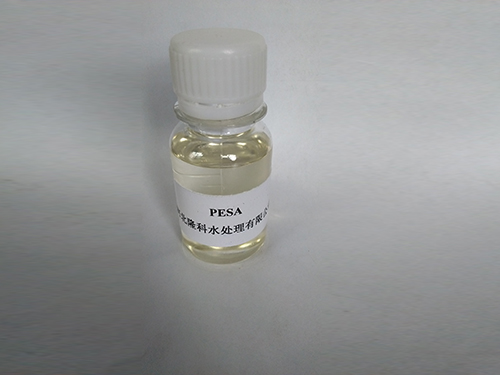anionic polyacrylamide flocculant
Understanding Anionic Polyacrylamide Flocculant Applications and Benefits
Anionic polyacrylamide (APAM) is a synthetic polymer widely recognized for its effectiveness as a flocculant in various industries. Its unique chemical properties enable it to interact with fine particles in water, promoting the aggregation and settling of suspended solids. This article explores the role of anionic polyacrylamide, its applications, and the benefits it offers across different sectors.
Chemical Composition and Properties
Anionic polyacrylamide is formed by the polymerization of acrylamide and acrylic acid, resulting in a high molecular weight polymer with anionic charges. The negative charges on the polymer chain facilitate its interaction with positively charged particles, enhancing the flocculation process. This makes APAM particularly useful in environments where the removal of fine particles from a liquid medium is essential.
Applications of Anionic Polyacrylamide
Anionic polyacrylamide has a wide range of applications, particularly in water treatment, mining, pulp and paper, and oil extraction industries.
1. Water Treatment APAM is extensively used in municipal and industrial water treatment processes. It helps in the removal of suspended solids, organic material, and biomasses, improving water clarity and quality. The addition of APAM allows for the efficient sedimentation of particles and the creation of larger flocs, which can be more easily removed from the water.
2. Mining Industry In mining operations, APAM is critical for separating valuable minerals from waste materials. Its ability to aggregate fine particles enhances the efficiency of mineral recovery processes, ultimately leading to higher yield and cost-effectiveness.
3. Pulp and Paper Industry The pulp and paper industry employs APAM in the dewatering process of pulp. By promoting the flocculation of fiber and filler materials, APAM improves the drainage rate and enhances the quality of the final paper product.
anionic polyacrylamide flocculant

4. Oil Recovery In enhanced oil recovery (EOR) processes, anionic polyacrylamide is used to improve water flooding efficiency by increasing the viscosity of the injection water. This helps in reducing water mobility, allowing for better oil displacement and extraction.
Benefits of Anionic Polyacrylamide
The use of APAM as a flocculant offers several advantages
- Enhanced Efficiency APAM improves the sedimentation rates of solids, leading to quicker and more efficient water clarification or slurry separation.
- Cost-Effective By optimizing processes such as water treatment and mineral recovery, APAM can significantly reduce operational costs.
- Environmental Friendliness APAM is generally considered safe for the environment when used according to regulations. Furthermore, its use can lead to improved water quality, benefiting ecosystems.
- Versatility The adaptability of anionic polyacrylamide allows it to be tailored for specific applications, making it suitable for various industrial processes.
Conclusion
Anionic polyacrylamide flocculant plays a crucial role in numerous industrial applications, primarily aimed at enhancing the separation and removal of suspended particles in liquid media. Its unique properties, efficiency, and cost-effectiveness make it a preferred choice for professionals in water treatment, mining, pulp and paper production, and oil recovery. As industries continue to seek sustainable and efficient solutions, the relevance of anionic polyacrylamide is likely to grow, establishing it as an indispensable tool for various applications.
-
Pbtc Scale InhibitorPBTC: A Scale Protector for Industrial Water TreatmentNewsAug.05,2025
-
Organic Phosphonate: An Efficient Defender in the Field of Scale InhibitionNewsAug.05,2025
-
Hydrolyzed Polymaleic Anhydride: Green Pioneer in Scale Inhibition FieldNewsAug.05,2025
-
PAPEMP Polyamino Polyether Methylene Phosphonic Acid For SaleNewsAug.05,2025
-
Flocculant Water Treatment: A Pioneer in Purification in the Field of Water TreatmentNewsAug.05,2025
-
Benzyl Isothiazolinone: An Efficient and Broad-Spectrum Antibacterial Protective GuardNewsAug.05,2025





